Feihu Zhou
Towards Scalable Distributed Training of Deep Learning on Public Cloud Clusters
Oct 20, 2020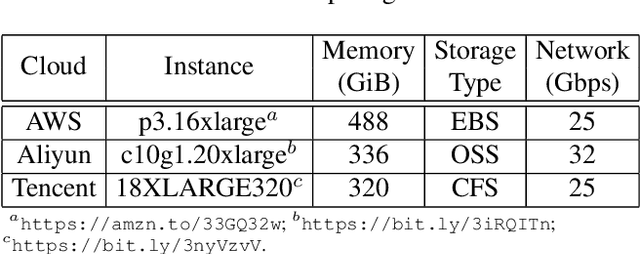
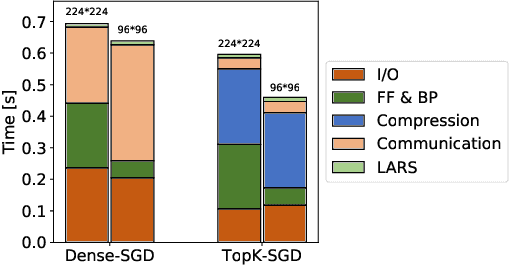
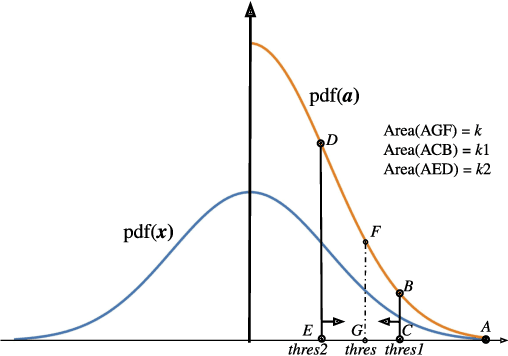

Abstract:Distributed training techniques have been widely deployed in large-scale deep neural networks (DNNs) training on dense-GPU clusters. However, on public cloud clusters, due to the moderate inter-connection bandwidth between instances, traditional state-of-the-art distributed training systems cannot scale well in training large-scale models. In this paper, we propose a new computing and communication efficient top-k sparsification communication library for distributed training. To further improve the system scalability, we optimize I/O by proposing a simple yet efficient multi-level data caching mechanism and optimize the update operation by introducing a novel parallel tensor operator. Experimental results on a 16-node Tencent Cloud cluster (each node with 8 Nvidia Tesla V100 GPUs) show that our system achieves 25%-40% faster than existing state-of-the-art systems on CNNs and Transformer. We finally break the record on DAWNBench on training ResNet-50 to 93% top-5 accuracy on ImageNet.
Interpretable Machine Learning Model for Early Prediction of Mortality in Elderly Patients with Multiple Organ Dysfunction Syndrome (MODS): a Multicenter Retrospective Study and Cross Validation
Jan 28, 2020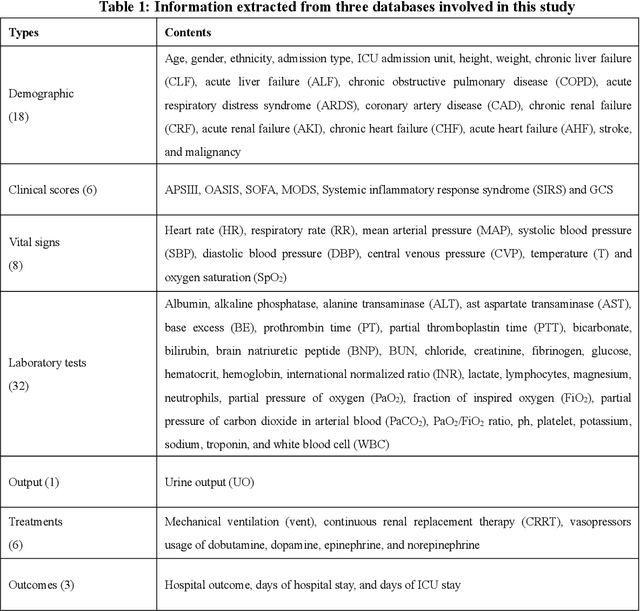
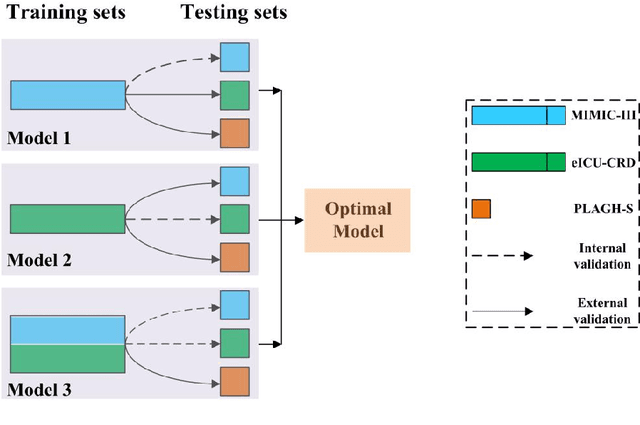
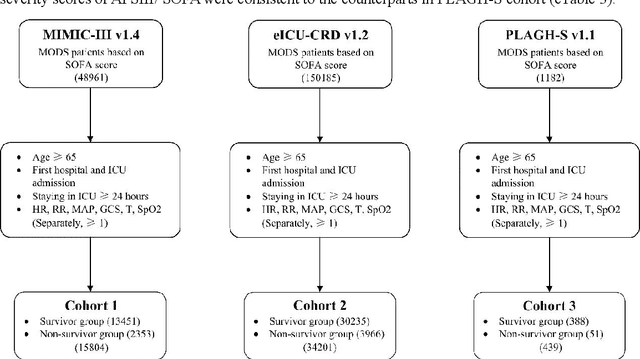
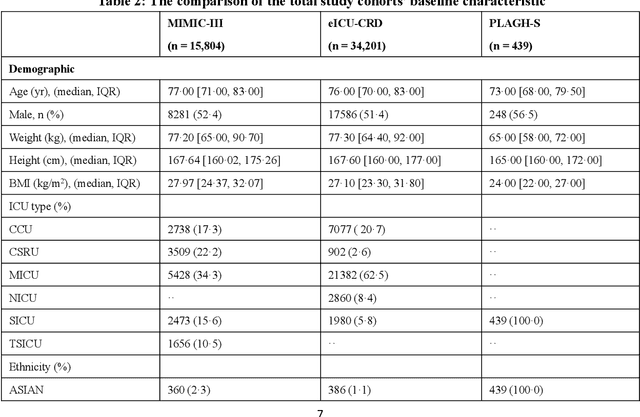
Abstract:Background: Elderly patients with MODS have high risk of death and poor prognosis. The performance of current scoring systems assessing the severity of MODS and its mortality remains unsatisfactory. This study aims to develop an interpretable and generalizable model for early mortality prediction in elderly patients with MODS. Methods: The MIMIC-III, eICU-CRD and PLAGH-S databases were employed for model generation and evaluation. We used the eXtreme Gradient Boosting model with the SHapley Additive exPlanations method to conduct early and interpretable predictions of patients' hospital outcome. Three types of data source combinations and five typical evaluation indexes were adopted to develop a generalizable model. Findings: The interpretable model, with optimal performance developed by using MIMIC-III and eICU-CRD datasets, was separately validated in MIMIC-III, eICU-CRD and PLAGH-S datasets (no overlapping with training set). The performances of the model in predicting hospital mortality as validated by the three datasets were: AUC of 0.858, sensitivity of 0.834 and specificity of 0.705; AUC of 0.849, sensitivity of 0.763 and specificity of 0.784; and AUC of 0.838, sensitivity of 0.882 and specificity of 0.691, respectively. Comparisons of AUC between this model and baseline models with MIMIC-III dataset validation showed superior performances of this model; In addition, comparisons in AUC between this model and commonly used clinical scores showed significantly better performance of this model. Interpretation: The interpretable machine learning model developed in this study using fused datasets with large sample sizes was robust and generalizable. This model outperformed the baseline models and several clinical scores for early prediction of mortality in elderly ICU patients. The interpretative nature of this model provided clinicians with the ranking of mortality risk features.
Distributed Equivalent Substitution Training for Large-Scale Recommender Systems
Sep 10, 2019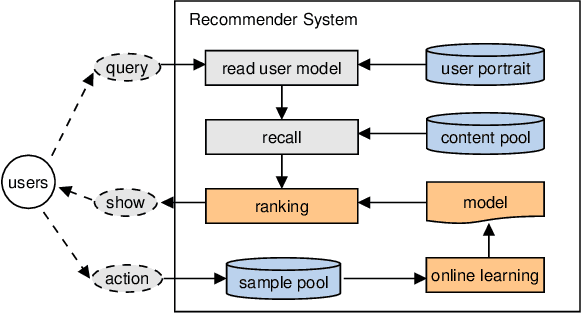

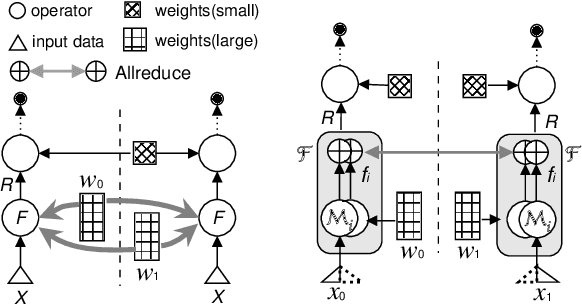
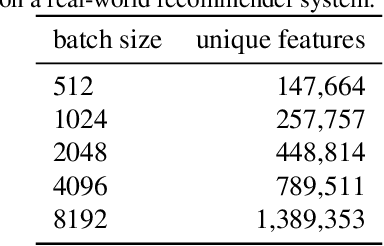
Abstract:We present Distributed Equivalent Substitution (DES) training, a novel distributed training framework for recommender systems with large-scale dynamic sparse features. Our framework achieves faster convergence with less communication overhead and better computing resource utilization. DES strategy splits a weights-rich operator into sub-operators with co-located weights and aggregates partial results with much smaller communication cost to form a computationally equivalent substitution to the original operator. We show that for different types of models that recommender systems use, we can always find computational equivalent substitutions and splitting strategies for their weights-rich operators with theoretical communication load reduced ranging from 72.26% to 99.77%. We also present an implementation of DES that outperforms state-of-the-art recommender systems. Experiments show that our framework achieves up to 83% communication savings compared to other recommender systems, and can bring up to 4.5x improvement on throughput for deep models.
Highly Scalable Deep Learning Training System with Mixed-Precision: Training ImageNet in Four Minutes
Jul 30, 2018


Abstract:Synchronized stochastic gradient descent (SGD) optimizers with data parallelism are widely used in training large-scale deep neural networks. Although using larger mini-batch sizes can improve the system scalability by reducing the communication-to-computation ratio, it may hurt the generalization ability of the models. To this end, we build a highly scalable deep learning training system for dense GPU clusters with three main contributions: (1) We propose a mixed-precision training method that significantly improves the training throughput of a single GPU without losing accuracy. (2) We propose an optimization approach for extremely large mini-batch size (up to 64k) that can train CNN models on the ImageNet dataset without losing accuracy. (3) We propose highly optimized all-reduce algorithms that achieve up to 3x and 11x speedup on AlexNet and ResNet-50 respectively than NCCL-based training on a cluster with 1024 Tesla P40 GPUs. On training ResNet-50 with 90 epochs, the state-of-the-art GPU-based system with 1024 Tesla P100 GPUs spent 15 minutes and achieved 74.9\% top-1 test accuracy, and another KNL-based system with 2048 Intel KNLs spent 20 minutes and achieved 75.4\% accuracy. Our training system can achieve 75.8\% top-1 test accuracy in only 6.6 minutes using 2048 Tesla P40 GPUs. When training AlexNet with 95 epochs, our system can achieve 58.7\% top-1 test accuracy within 4 minutes, which also outperforms all other existing systems.
 Add to Chrome
Add to Chrome Add to Firefox
Add to Firefox Add to Edge
Add to Edge